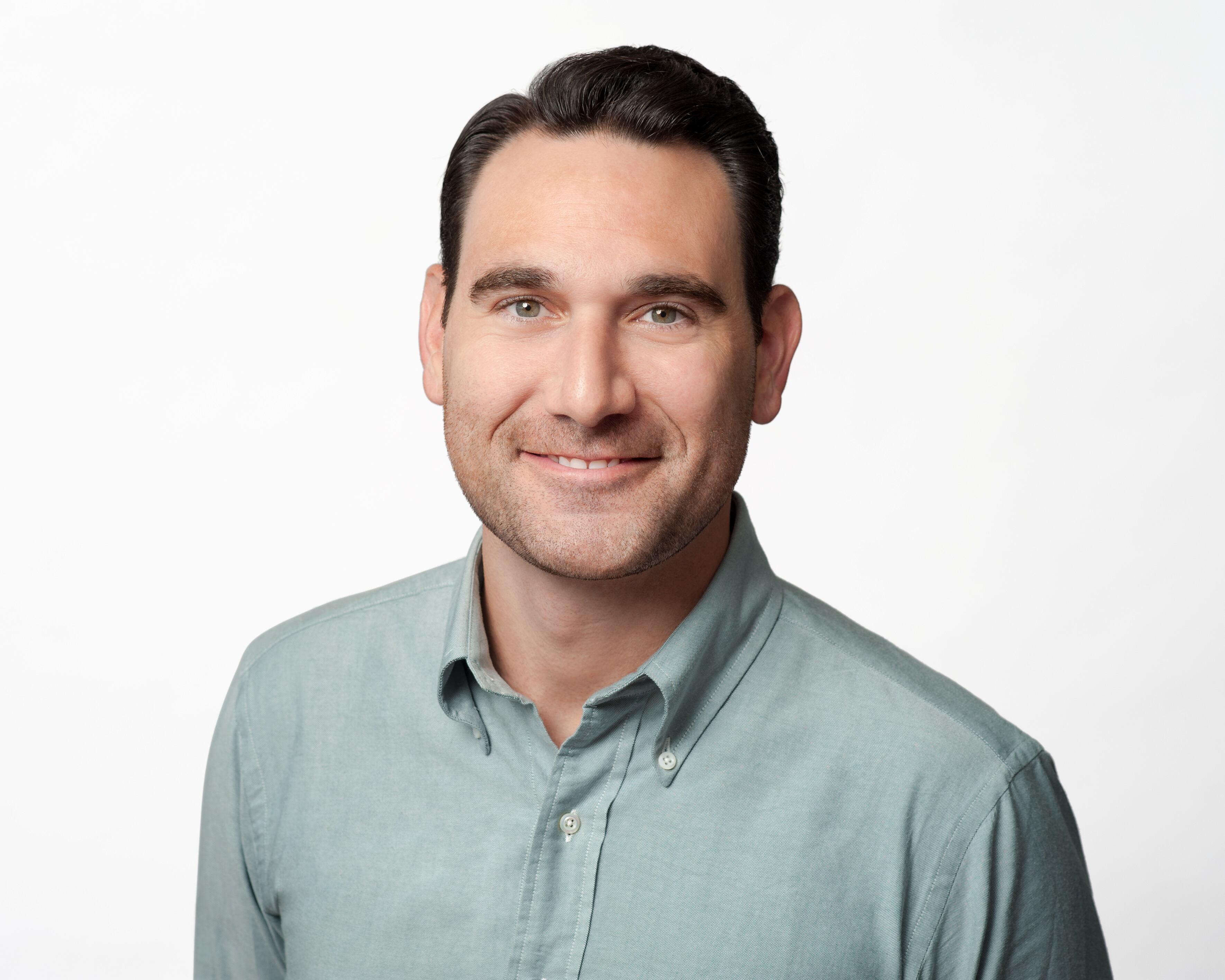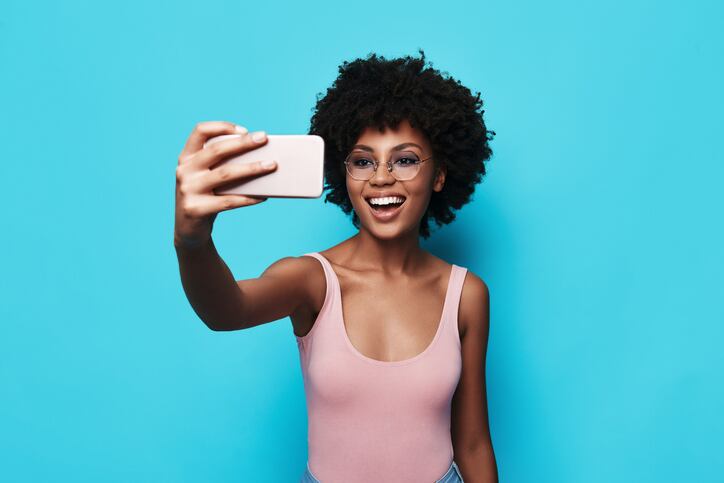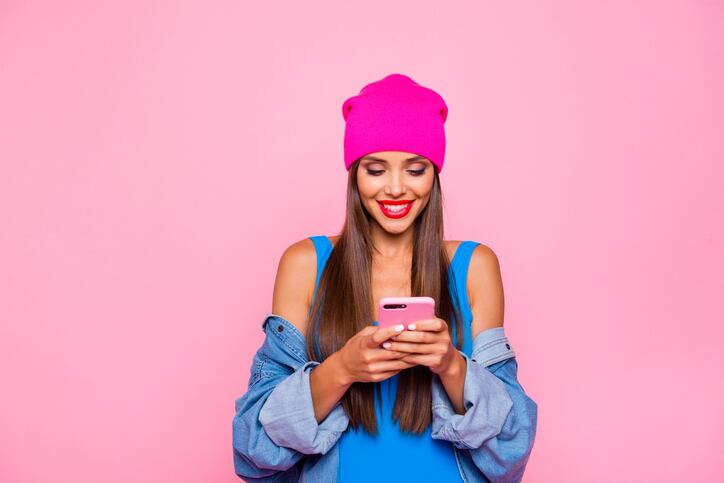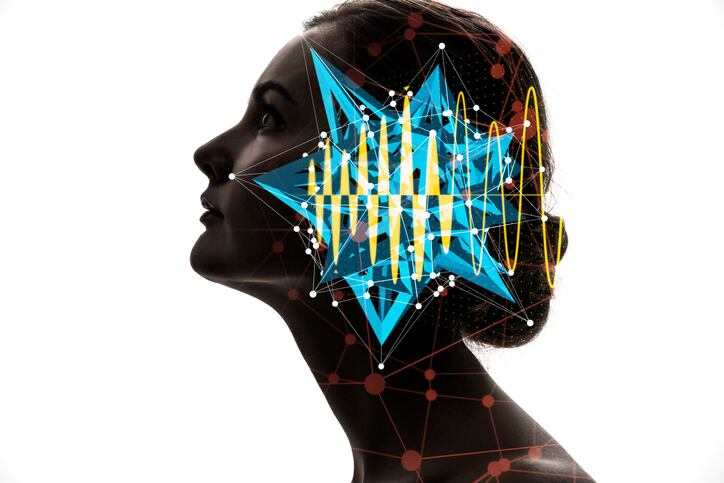Earlier this month, YouTube expanded its AR Beauty Try-On technology to smartphone video discovery ads and its homepage billboard slot. The augmented reality tech had previously only been available as an early development alpha phase on Google’s in-house branded content platform FameBit by YouTube.
The global roll-out of this IOS and Android capable beta version now enabled consumers to ‘try on’ lipstick products using front-facing smartphone cameras and directly purchase products via click-through links on the video. YouTube said its AR Beauty Try-On technology reached two billion monthly active users and enabled cosmetics brands and advertisers to make content “more engaging, educational and ultimately effective in driving purchase decisions”.
Beauty 4.0: Future, made of, virtual reality…
Speaking to CosmeticsDesign-Europe, Aaron Luber, head of product commercialisation at Google, said seeing a product in action helped convert customers who were eager to “try before they buy”.
“As a three-dimensional, visual medium, augmented reality (AR) is a powerful tool for brands looking to tell richer, more engaging stories about their products to consumers,” Luber said.

YouTube’s AR Beauty Try-On tool allowed a “deeper engagement” with content, he said, as it offered “realistic, virtual product samples” that worked on a full range of skin tones.
For cosmetics brands working with the tool, Luber said they were able to measure consumer engagement around metrics like engagement time, engagement rate, the number of shades tried on and pictures taken.
“Adding virtual try-on to a YouTube ad can deepen the connection between the video ad and the user through a shared watching experience, and pairing AR with a video that users choose to watch is an even more engaging way to capture attention at that time of discover,” he said.
The power of the YouTube homepage
YouTube’s decision to expand AR Beauty Try-On to its homepage or ‘masthead’ was an important decision, Luber said, as this part of the platform had become “a destination” for users in recent years.
The YouTube homepage, he said, provided users a place to discover more relevant and personalised recommendations, more engaging user experiences and more diverse content. Having the AR Beauty Try-On tool available here, therefore, gave advertisers the chance to “capture attention from users in moments of discovery and content exploration”, Luber said.
French cosmetic company NARS was already using the feature and had reached more than 20 million people to-date across the UK, US, Canada and Australia, all of whom had tried, on average, more than two-thirds of the 24 lipstick shades on offer. Estée Lauder’s MAC brand had also used the tool in its earlier development phase, running influencer campaigns that enabled viewers to try on the same lipstick shades as their favourite content creator during videos.
Luber said feedback so far had been positive from both users and brands using the tool, and while AR Beauty Try-On only currently supported lip products, YouTube was “exploring other beauty categories”.



